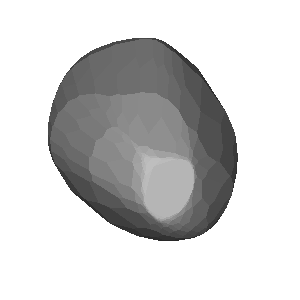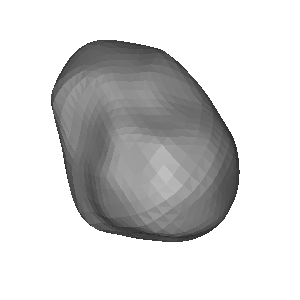2012-02-23 / 2UC 33200836 / (41) Daphne
| # | OBS | Observer | Occ | Meth. | Instr. | CC | TSRC | UT1 | UT2 | UT3 | UT4 | UT2E | UT3E | Dur. | Chrd |
|---|---|---|---|---|---|---|---|---|---|---|---|---|---|---|---|
| 1 | show | Daniel Verilhac | O+ | VID | M210 | FR | GPS++ | 20:43:57 | 20:44:08.98 | 20:44:24.73 | 20:44:34 | 0.11 | 0.11 | 15.75 | 149.6 |
| 2 | show | R. Simonson et al | O+ | VID | M250 | UK | GPS++ | 20:43:00 | 20:45:21.79 | 20:45:31.99 | 20:47:00 | 0.10 | 0.10 | 10.20 | 96.9 |
| 3 | show | Tim Haymes | O+ | VID | M300 | UK | GPS++ | 20:43:00 | 20:45:22.87 | 20:45:36.47 | 20:47:00 | 0.09 | 0.09 | 13.60 | 129.2 |
| 4 | show | A. Selva/C. Perello | O- | CCD | M500 | ES | 20:38:04 | 20:54:22 |
4 observations found in db: euraster
Available (probably) matching predictions (click on the link to switch):| JPL#152 : e178ce4c-1e3f-40eb-91ad-9896bed9759a [db: observed] |
| JPL#152 : 5b6312fc-3c1e-42fa-9d0a-bea90814ffc5 [db: observed] |
Using prediction e178ce4c-1e3f-40eb-91ad-9896bed9759a for map and profile fit
| Ellipse and circular profile fits to the timings (chords) |
|---|
|
|
Auto-Fit Result: Size = 240 x 152 km a',b' = 120.1, 75.9 km X0,Y0 = -1725.1, 21.9 km Mean diameter = 191 km From 3 chords (VID) You can enter space separated chord numbers (example: 11 4 8) or a method like VIS to ignore all visual timings, or a time source like RAD and NTP (but not GPS). If the plot disappears, then there are less than 2 chords left (too much ignored, go back with browser). Check SiMDA for size and mass data. Check Johnston Archive for satellites. |
Sky projection (artificial light) for occ. time: 2012-02-23, 20:44 UT (JD = 2455981.364)
| DAMIT | Q | P (h) | λ, β | JD0 | JD-JD0 | φ0 | Version | Modified | Vol-equiv D | Cmnt |
|---|---|---|---|---|---|---|---|---|---|---|
| # 131 | None | 5.988 | 198°, -32° | 2.44477179382e6 | 11209.6 | 0.0° | size from AO is 186+/-27 km | 2013-07-23 | 187.0 +/- 20.0 km | 2011-03-28 |
| # 1793 | 4.0 | 5.988 | 200°, -32° | 2.44477179382e6 | 11209.6 | 0.0° | None | 2019-01-11 | 187.0 +/- 7.0 km | 2018-08-24 |


Image size: 300px. Transparent image background for copy & paste
| Map with groundtrack and observer stations |
|---|
| Event Details |
|---|
Occultation UUID [and DB] : e178ce4c-1e3f-40eb-91ad-9896bed9759a [observed] Occultation Date + Time : 2012-02-23 at 20:38:07 UT +/- 0.01 min [1] Object Designation : (41) Daphne Orbit Class : MBA Star Designation : GDR3 3140218025111666432 Star Coordinates (ICRF) : RA = 07 12 55.5039, DE = +04 12 53.915 [2] Star Magnitudes : G = 12.27 mag, RP = 11.71 mag, BP = 12.65 mag Object Magnitude : V = 12.14 mag Estimated Magnitude Drop : 0.7 mag Estimated Max. Duration : 18.3 sec Object Mean Diameter : 174 km (src: astorb) Speed of the shadow : 9.5 km/s Elongation to Moon & Sun : 113° (sunlit = 4%), Sun = 132° Cross-track uncertainty : 1.3 mas = 1 km = 0.01 path-width (1-sig) RUWE and duplicate source : 0.93 mas, dup.src = 0 (0:false, 1:true) Ephemeris Reference : JPL#152 [1] time t0 of closest geocentric approach c/a, [2] including proper motion until t0 |
| More Data and Informations |
|---|
(If error 404: link not valid which means no data available)
| Aladin Sky Atlas |
|---|
| Aladin Lite direct link (has Gaia overlay) |